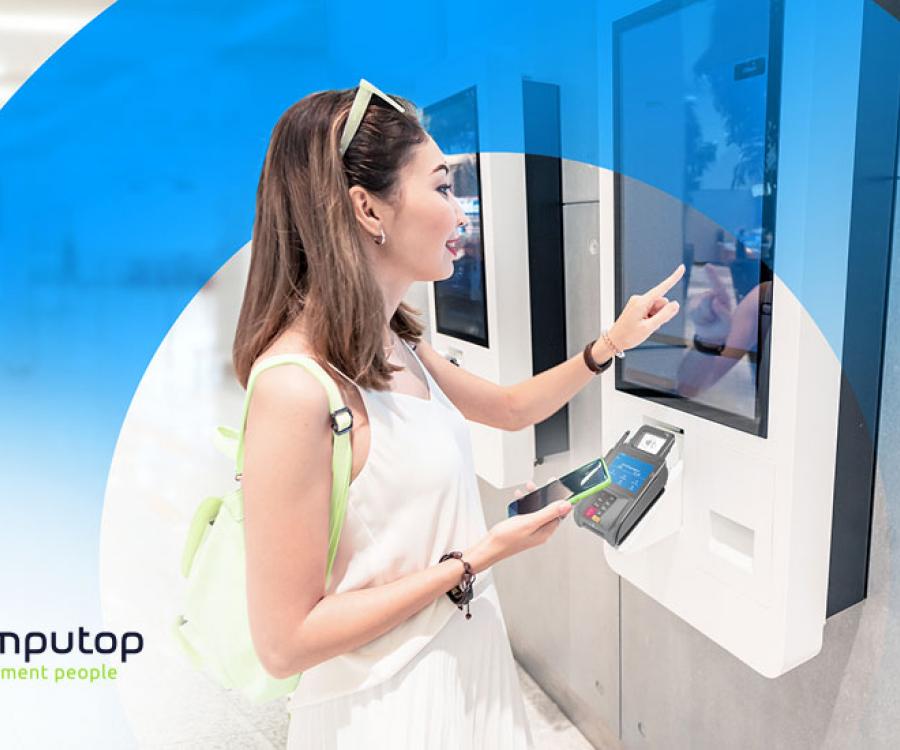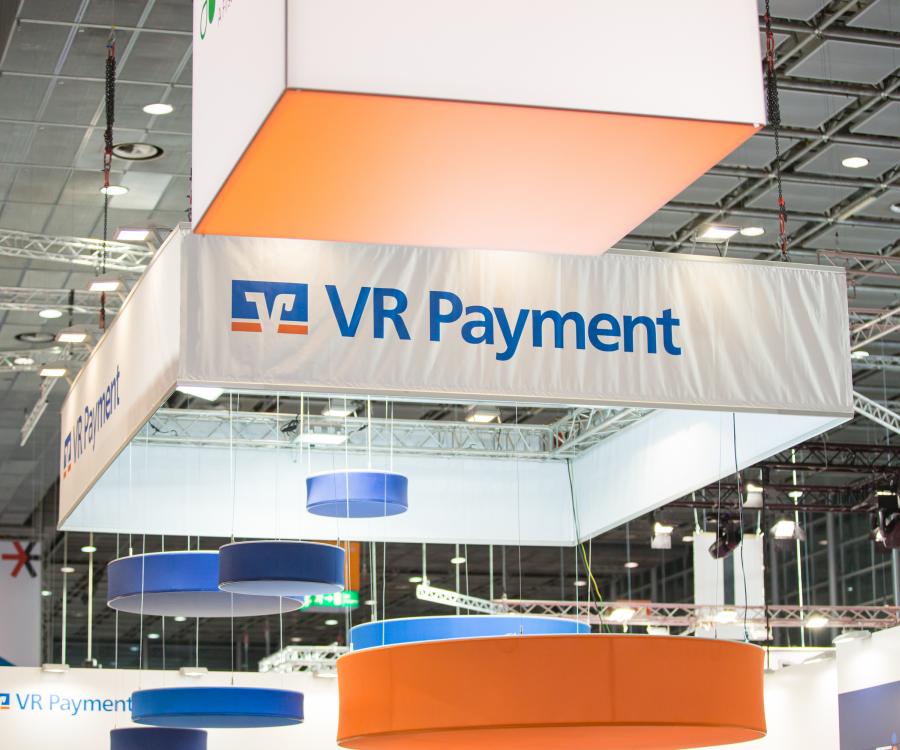The stationary retail more and more slipped into a defensive position over the past two decades. First by online-shops, which are well established in the meantime. Second by smartphones, allowing shopping from everywhere – even if a customer is checking the product range in a real store. Stationary retail needs to oppose something if brick and mortar wants to play a role in the future.
To be precise: stationary retail needs to create a customer experience which the internet cannot provide. For example, personalized customer service or an atmosphere, which appeals to all senses. Digital frontend technologies are important, too. With their assistance new scenarios can be realized, increasing convenience or setting new shopping impulses. Example: Customers are walking through the aisles scanning barcodes of products with their phones. The amount is debited automatically to their account, the products are comfortably delivered to their homes.

Less spectacular than frontend technology is a smooth backend integration. The connectivity is even more important because of making end-to-end processes possible. Not only frontend technology, but normally a bunch of IT-systems need to be integrated into ERP systems. For example, a CRM system, a web shop solution, payment providers as PayPal and Klarna or several couriers, express and parcel services. And this is not all. A very important goal of integration is a smooth real time data exchange between the components.
In projects we experience that the smooth data exchange is one of the most problematic parts. Possibly this happens because this topic is less attractive and subordinated to others. Often the opinion prevails that APIs can be easily connected. But it's just not quite that simple. And it’s not unattractive. A solid integration is a strategic task. Therefore a few key questions should be answered before the project start:
- How does the process look like?
- Which data is needed for the process?
- How good is the master data quality?
- Which source and target systems are involved?
- Via which channels data can be provided – are there any technical restrictions?
- In which form data is processed, prepared and visualized?
- Which applications are already existing and which gaps need to be closed?
Companies have difficulties answering those questions. A workshop, together with a partner, developing a target state and analyzing the actual state can be useful. On that basis a roadmap can be developed.










